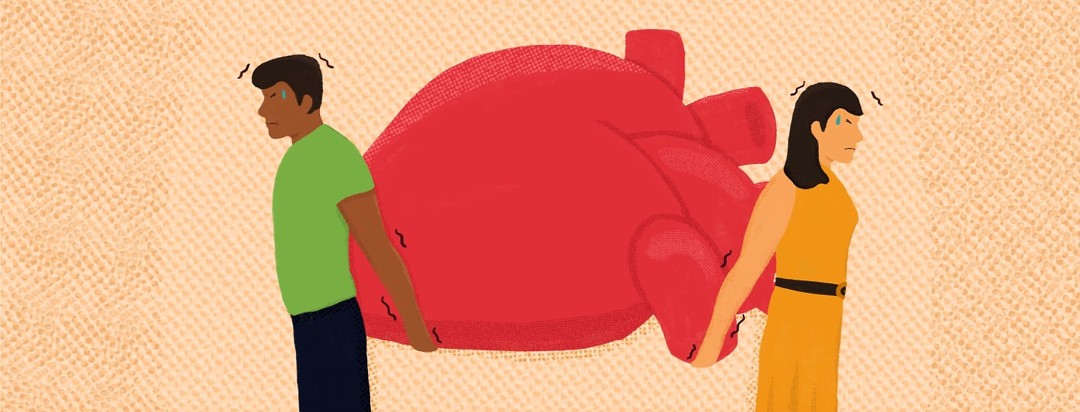Life With Heart Failure: Differences Between Men and Women
There are a variety of different diagnoses, symptoms, and experiences related to heart failure. Some of these can be based on what part of the heart is affected, how severe the condition is, and what treatments are required.
Gender also affects heart failure experiences. In our first-ever Heart Failure In America survey, we explored how life with heart failure differs between men and women. More than 600 people with heart failure completed the survey and shared details about their diagnosis.
Diagnosis and symptoms
Our survey revealed many differences between heart failure diagnosis and symptoms in men and women.
When it comes to diagnosis, more women were diagnosed with heart failure by a pulmonologist (respiratory doctor) than men. Men were more likely to be diagnosed by a cardiologist. Most female respondents were diagnosed less than 2 years ago, while most male respondents were diagnosed more than 10 years ago.
The majority of women who completed the survey have been diagnosed with diastolic heart failure (heart failure with preserved ejection fraction). However, the majority of male respondents have been diagnosed with systolic heart failure (heart failure with reduced ejection fraction).
Most male survey respondents said that a heart attack led to their heart failure diagnosis, and the majority of them are currently living with stage D severe heart failure. In contrast, most female survey respondents said they are not sure what stage of heart failure they were diagnosed with or the stage they are currently living with.
Quality of life
The men and women who completed the survey experience differences in quality of life due to their heart failure.
Sleep apnea and tobacco use are the most common risk factors reported by men who answered the survey.
Sedentary lifestyle and obesity are the most common risk factors in women who completed the survey. Women who completed the survey shared that they would like more types of support to help them with their heart failure diagnosis.
Heart failure resources
The men and women who completed the survey also provided information on the resources they use to learn more about their diagnosis and find support.
Men shared that they rely on their caregivers and YouTube. In contrast, women shared that they turn to online support groups, forums, and/or patient communities. Women also reported that they look for specific content, including:
- Coping with heart failure
- Diet and nutrition
- Recipes for heart-healthy meals
- Emotional and mental health
Treatment and symptom management
Survey responses show differences in treatment between men and women living with heart failure.
For example, men are more likely to have had a device implanted to control their heart’s rhythm or to undergo another invasive procedure for their heart failure. These procedures include coronary angioplasty or coronary artery bypass grafting. The majority of male respondents also shared that they are interested in participating in a clinical trial for their heart failure.
However, women are less likely to have had a procedure or surgery, and they often treat their heart failure and its symptoms with medications only. The majority of female respondents said they are not interested in participating in a clinical trial for their heart failure.
Men who completed the survey said they are likely to be comfortable discussing all aspects of their heart failure with their healthcare provider. Women who completed the survey are more likely to see other specialists alongside their heart failure provider. These include:
- Allergists
- Endocrinologists
- Internal medicine physicians
- Pulmonologists
- Physical or occupational therapists
Women survey participants are also more likely to have a provider who is affiliated with an academic medical center (associated with a university or teaching hospital).
Demographics and lifestyle
The majority of women who completed the survey are mothers who are single or widowed. Most also live alone. In contrast, the majority of men who completed the survey are married and have no children. Most live with someone else.
Survey responses also show gender disparities in education, household income, and insurance coverage.
The majority of women with heart failure who completed the survey:
- Have a high school education
- Have an annual household income of less than $30,000
- Have primary health insurance coverage through Medicaid
The majority of men with heart failure who completed the survey:
- Have a bachelors, doctoral, or another professional degree
- Have an annual household income between $55,000 and $99,000
- Have primary health insurance coverage through the military (VA or TRICARE)
The Heart Failure In America 2020 survey was conducted online from October 2019 through April of 2020. 642 people completed the survey.

Join the conversation